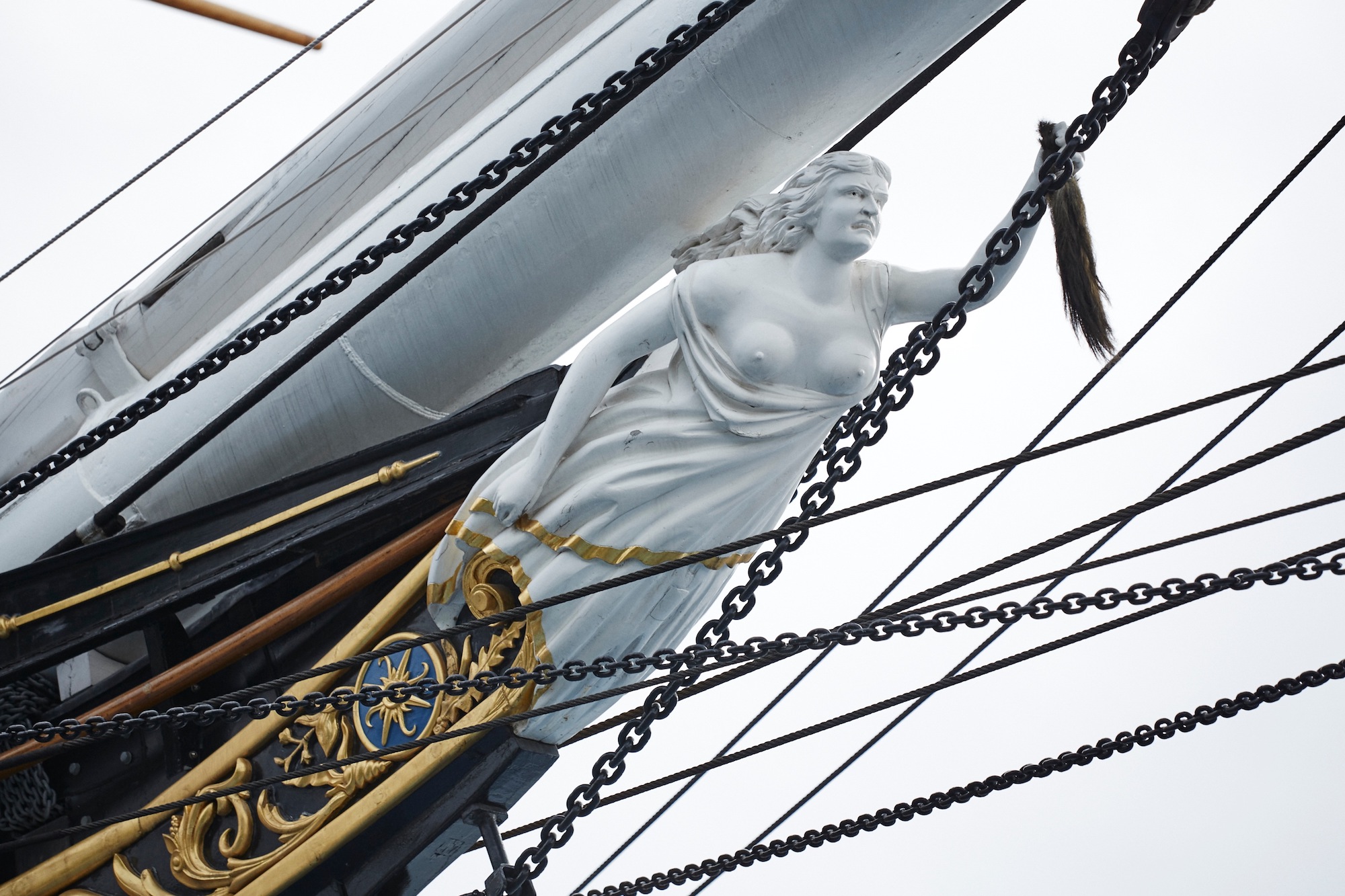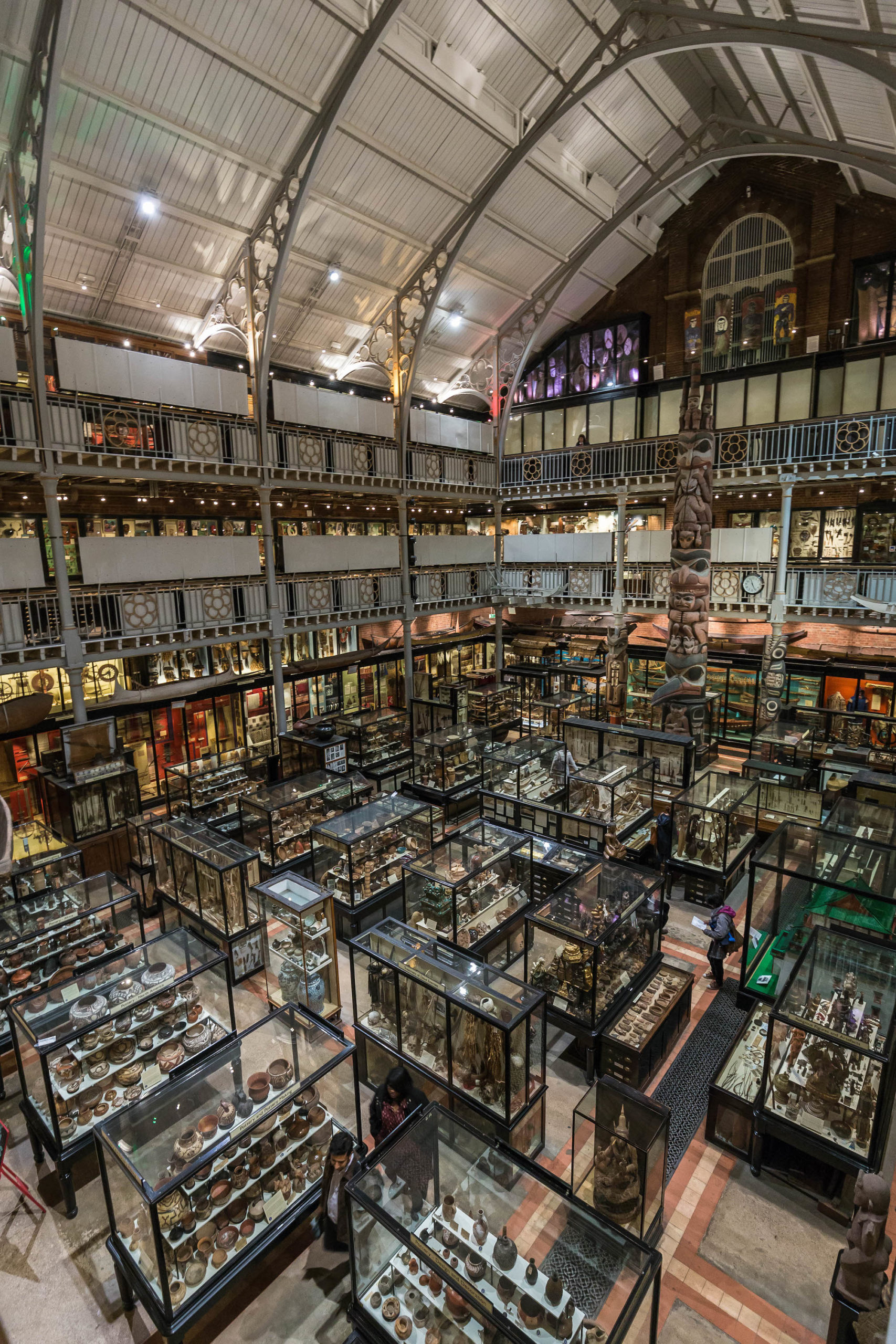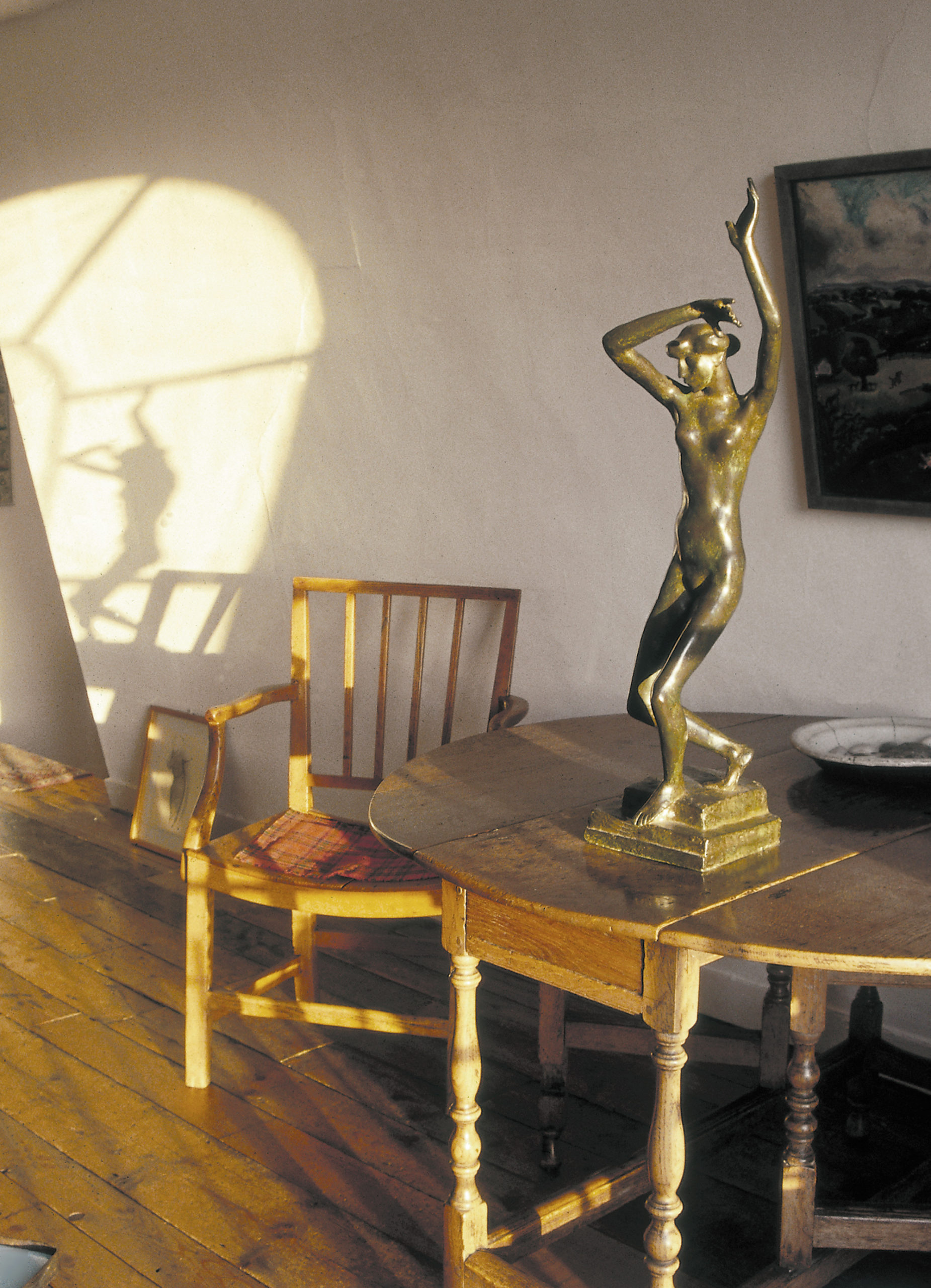
The rarefied space of the museum conjures everything from crime movie capers to school excursions. Glass cases filled with curiosities, tall paintings tucked behind protective frames and sweeping stone staircases come together to create an atmosphere that can feel as intimidating as it is impressive. Embedded within the civic life of a city, a museum represents local heritage and cultural legacy. During lockdown these spaces were left empty, suddenly devoid of their regular hordes of tourists and locals alike, many of them shuttered for the first occasion since wartime. Now, as some begin to open once more to the world, their relationship with the general public is under scrutiny, as is the function that they serve within their communities.
Much airtime is given to the curators and headline artists who fill the walls at museums and galleries, but what of the security, maintenance and caretaking staff who work tirelessly behind the scenes? While many museums remain closed, these are the few people who continue to have access to these cloistered buildings. The Caretakers, a new digital project created by artist Eloise Moody in collaboration with Metal Southend, shifts the focus on to those who care for our museums after hours, and who must maintain these buildings and collections during lockdown. She goes behind the scenes at six institutions across England, including the Museum of London, Kettle’s Yard and Pitt Rivers Museum Oxford. The six-part audio series gives voice to workers whose knowledge of museum collections and cultural buildings often goes unheard.

“Museums are really important spaces of wellbeing. This is needed more now than ever before”
“It has been really challenging in this period of not having visitors,” Gum Kenth, manager at Birmingham Museum and Art Gallery, tells me. She was on furlough when Moody invited her to take part in the project, and has been since March. Currently, the museum remains closed with no firm date still for reopening. “We’re there for people to learn and engage, and to tell the story of Birmingham. It’s been sad that no one’s been able to come in, as museums are really important spaces of wellbeing. This is needed more now than ever before.” Kenth has worked at the museum for 19 years, having started as casual staff before taking part in a Museums Association initiative to help to diversify staff in art institutions.
For the project, Moody asked each participant to record themselves alone in their museum. “I thought it was really important to not be in the space with them”, the artist emphasises. “They’re in these spaces alone, just walking and talking. It bred a certain amount of intimacy; you can hear people sighing, you hear their mistakes. My favourite moments are where they make themselves laugh; they’re really lovely moments where you can feel a giggle bubbling up. I tried to keep those jokes in because I feel like it’s a really lovely connection to the person and how they engage with the space around them.” The recordings act as quiet monologues, giving not only an impression of each caretaker but the unique circumstances that they were recorded in.

“It was like doing a continuous night shift, because when we went into lockdown it was just us security staff in the building. A few repairs contractors, someone for the air conditioning, but apart from that it was more or less shut down completely,” Alex McDonald, security officer at Royal Museums Greenwich, recounts to me. “To begin with, it took a bit of getting used to. It was quite a surreal feeling, to be honest, walking around all the sites, which were dead basically, very few staff.” McDonald has worked at the museum for just over three years. “My working background was really in security, and that’s all I’ve done since I left school,” he explains. “I’ve been working looking after buildings, factories, but never a space with this history.” He became interested in the museum sector following a stint at Goldsmiths as a mature student in 2009.
The six caretakers were asked by Moody to choose a space or object within their respective museum to focus on. For McDonald at Royal Museums Greenwich, this was the main figurehead on the Cutty Sark, called Nannie. In an evocative monologue, he weaves reflections on Nannie together with memories of his grandmother, finding links between the Cutty Sark and his own life, and particularly his interest in history. “My friends sometimes say that they’re not interested in history, and I always argue that there will always be something you find interesting. It’s not just kings and queens, it’s about everything that’s ever happened. You can have history about food, medicine, anything, and history is happening all the time.”
For Kenth at Birmingham Museum, the focus was on the central atrium of the museum. “It feels very different without all the visitors here, so I chose very much a thoroughfare. It’s usually a hub of activity, where people walk through together to the tea room, and visitors coming in and out,” she says. “Just to sit in there with the paintings, no noise, completely alone, with a tiled floor and none of those footsteps, it was beautiful. I found I observed new details. The light changed, and the whole arrangement of the paintings shifted as the sun moved. I’ve never noticed that before.”

“Just to sit in there with the paintings, no noise, completely alone, with a tiled floor and none of those footsteps, it was beautiful”
“Lockdown was an interesting catalyst. You’re framing who the essential workers are, and to extend that to the cultural sector is fascinating,” Moody reflects. “We’re talking a lot about diversity with Black Lives Matter at the moment, and especially in security teams, that’s often where you have the most diversity in your staff. The most important thing is that these people are there in these museums, and they will have opinions on their collections, and there is relevance in how they interact with these things.” She has plans to extend the project in future to include cleaners and others working in the cultural sector.
Museums have already begun to open once more, slowly welcoming visitors back. It won’t be long before the sound of footsteps begins again. Of those institutions that participated in The Caretakers, only half have yet reopened. The future of museums remains uncertain, as visitor numbers are severely reduced under the new conditions of the pandemic, and one-way systems allow for less intuitive modes of exploration within them. Distancing rules must be observed, and it is likely to be a long time before they return to the full capacity that they once operated at. But despite the muted reopening, there is the opportunity for those moments of reflection previously lost amidst the roar and pace of civic life. It is a small yet important comfort amidst the seismic shifts currently taking place in the industry.





